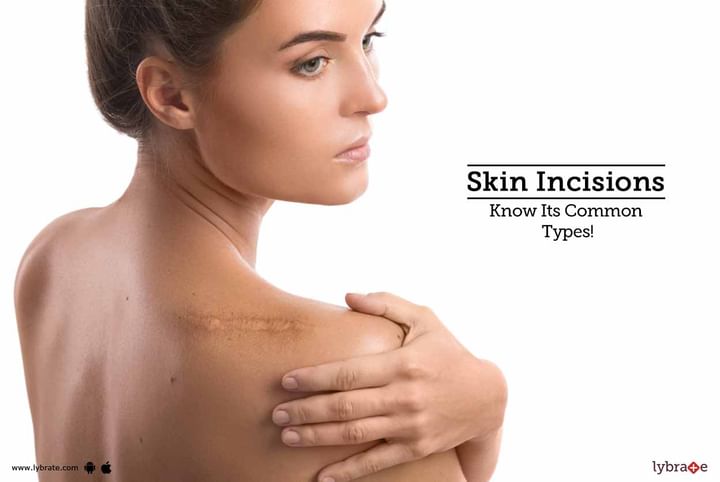Skin Incisions - Know Its Common Types!
Ideally, surgical incisions are primarily designed to allow for easy access to the desired areas in addition to possibilities of extension, if required. Further, they should be designed to split muscles rather than cut them, with minimal scarring along with the aim of boosting regenerative and healing qualities.
Incisions can be classified under these three groups; vertical, transverse and oblique incisions.
Vertical Incision
1. Midline incision: Almost all abdominal incisions can be performed using this technique. Starting from the midline of the abdomen, it can extend all the way down to the umbilicus.
Advantages:
- Minimal blood loss
- Minimal nerve injury
- Minimal muscle injury
Disadvantage:
- Midline scar
2. Paramedian incision: This technique provides more laterality to midline incisions, allowing access to such lateral organs such as spleen, kidney and adrenals.
Advantages:
- Easy access to lateral structures
- Closure between incisions in anterior and posterior sheath is more secure
- Rectus muscle remains undivided
Disadvantages:
- More time consuming
- Difficulty in extension
- Can result in atrophy of the muscle medial to the incision
- Mayo-Robson incision: This incision is typically a paramedian incision but which bends towards the xiphoid process and consequently allows for a larger and wider opening.
3. Transverse Incision
Transverse incision: This type of incision is made just above the umbilicus, and can dissect either one of the rectal muscles.
Advantages:
- Least amount of pain and damage
- Muscular segments can be reattached
- Easier access to upper GI structures
Disadvantages:
- Limited lateral access
- Higher risk of wound infections
4. Subcostal Incision
Also referred to as the Kocher subcostal incision, this type of incision starts from the midline and runs parallel to the costal margin. A double Kocher incision is known as a rooftop of Chevron incision and allows for access to the esophagus, kidney, stomach and liver. The Mercedes incision is yet another variant, characterized by a vertical incision from the rooftop incision to form the shape of a Mercedes sign.
Advantages:
- Heals faster
- Less risk of post-operative complications
Disadvantage:
- Lengthy and time-consuming
5. Oblique incisions
Also called Thoraco-abdominal incisions, these incisions may either be situated in the RUQ or the LUQ. They provide entry to the liver, lings and spleen, as well as to the stomach and esophagus.
6. Laparoscopic Incision
This technique comprises of tiny cuts in the skin that allow laparoscopic tools and instruments access into the abdominal cavity.



+1.svg)
